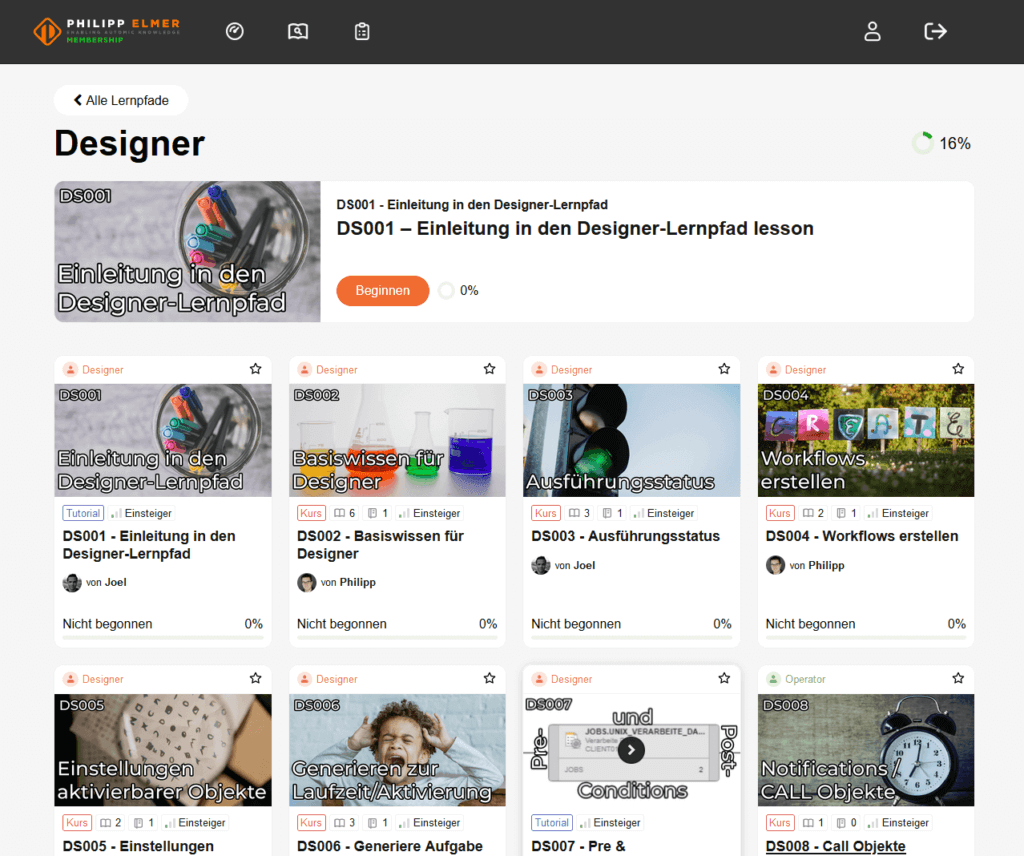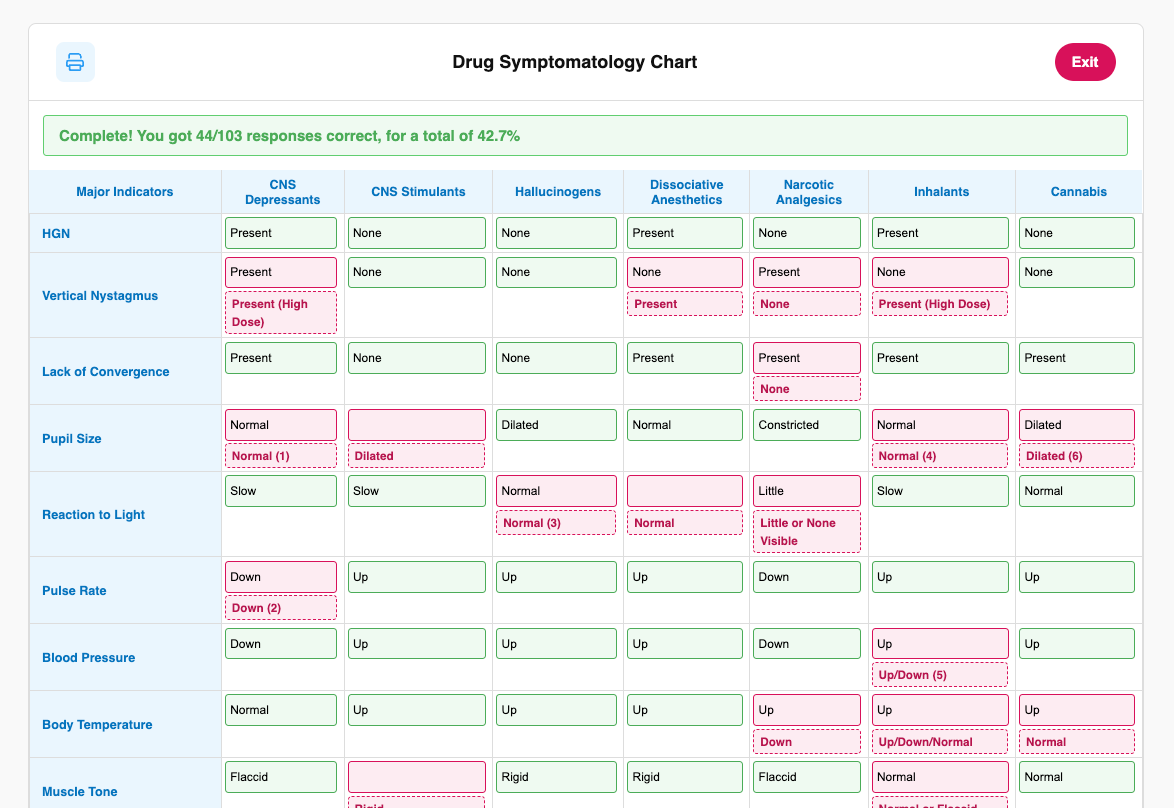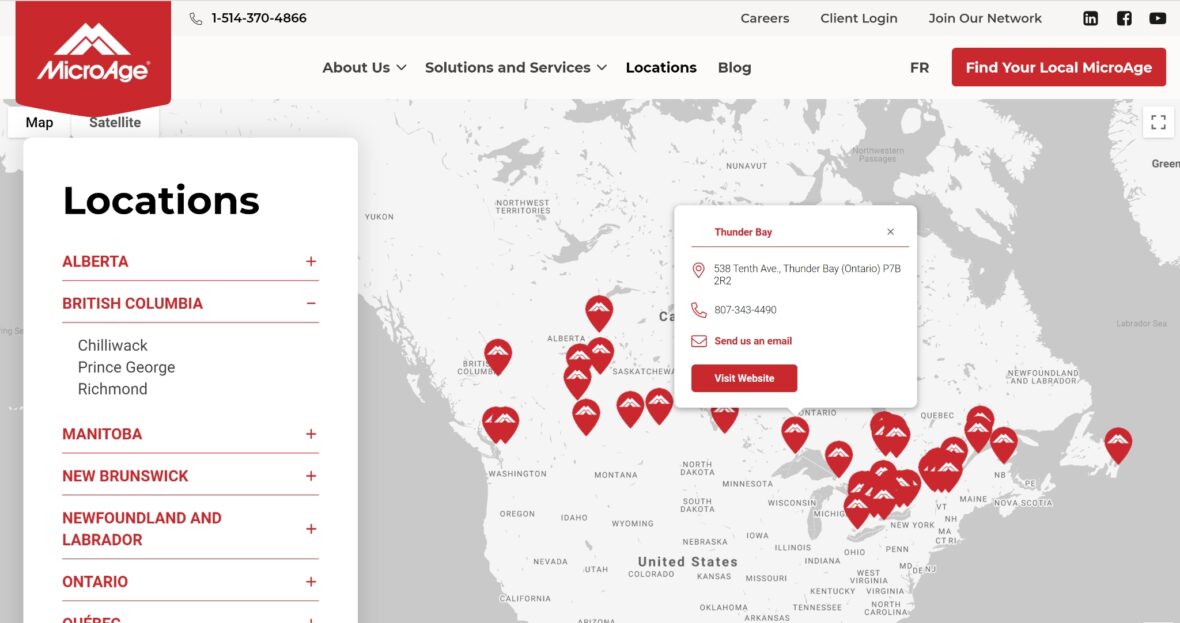Untracked training The Problem
Proper training sits at the foundation of any law enforcement agency. Our client had built a successful law enforcement LMS with LearnDash, offering video materials designed to prompt in-person training and discussion.
As the platform took off, a need for better reporting quickly arose. How could an agency surface the training history of individuals without the headache of distributing login credentials to officers and enforcing self-reporting?
In-lesson logging The Solution
The solution involved leveraging LearnDash groups and developing custom interfaces that allowed agency owners and sergeants to record training sessions, manage agency details, and generate reports without requiring officers to interact with the system directly.
Agency structure and integration with LearnDash
To allow sergeants to oversee the training of other users, we leveraged a core feature of LearnDash: groups. In LearnDash, users with the role of group leader are able to view and modify the progress of their trainees, who themselves have a role of group member. In some group add-ons, a third user role exists, with group owners being able to purchase groups, manage group leaders, and view reports about their group. This three-level hierarchy aligned perfectly with the client’s desired structure; agency owners could purchase access and generate reports while allowing sergeants to view and modify the progress of their officers.
Problem solved! Well, almost.
Unfortunately, the built-in LearnDash group feature only allows user management through the WordPress admin dashboard, which would be a disjointed user experience compared to navigating the LMS’s branded front-end.
Luckily, we had a trick up our sleeves: MemberSync, a home-cooked add-on for LearnDash groups complete with powerful management options and an elegant front-end interface.


User roles and access management
Three user roles were defined to give all three levels of law enforcement a unique experience of the platform.
Law enforcement agency owners were given a “group owner” role to allow them to purchase LMS access for their organization and manage the seats their team required.
Sergeants were given a “group leader” role to allow them to log training activities for their officers.
Officers were given a “group member” role. While officers don’t currently need to log in or interact with the site, storing their data within WordPress’ user meta allowed us to take advantage of existing data structures. As a bonus, storing this data alongside real (albeit unused) WordPress user accounts would enable the client to open access to officers in the future if desired. No extra data entry involved.
Logging training activities
With the data structure in place, the next challenge was to make tracking officers’ training time as simple as possible. By default, there are no built-in front-end interfaces for this and any user progress management would need to be done in the WordPress admin area. Not an ideal workflow.
We addressed this need by creating two methods for logging a training activity: one on a dedicated Record Training page and another directly inline within the LMS content.
On the Record Training page
The standalone page allows sergeants to enter training details about any of the officers and teams they oversee. The interface gives them flexible fields to keep track of the training resource title, completion date, link, and duration. This is especially useful to track training based on third-party content, such as a YouTube video.
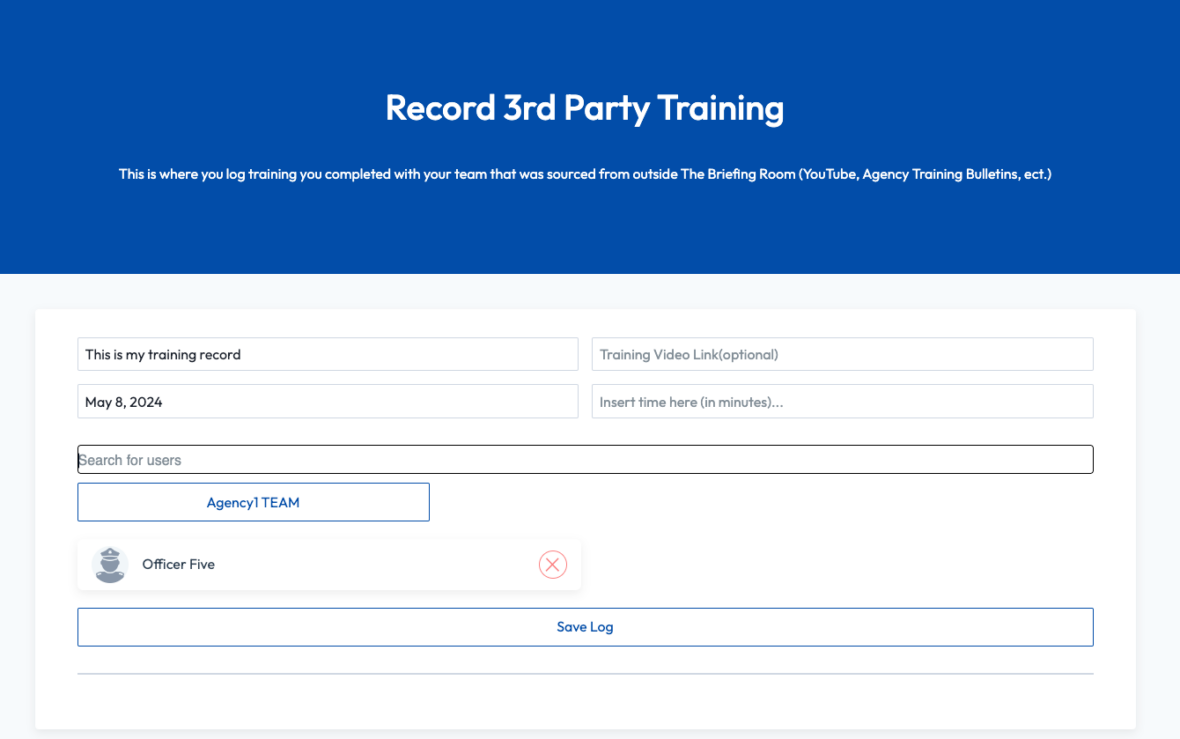
Inline within the course content
In most cases, sergeants conduct training session based on LMS content, so a form was added directly below the lesson, allowing them to select an existing agency and enter the duration of their in-person discussion. The lesson content as well as the identity of the sergeant conducting the training is automatically saved alongside the training record, allowing for detailed reporting with no extra data entry. The new interface also highlights previous sessions taught by the sergeant as an easy-to-access inline report.


Content management
On top of managing memberships and seats, law enforcement agencies can manage the content available to their groups, ensuring that relevant training materials are accessible. They can also view content to make informed decisions about its applicability and easily sort through it based on the LMS’s content categories.
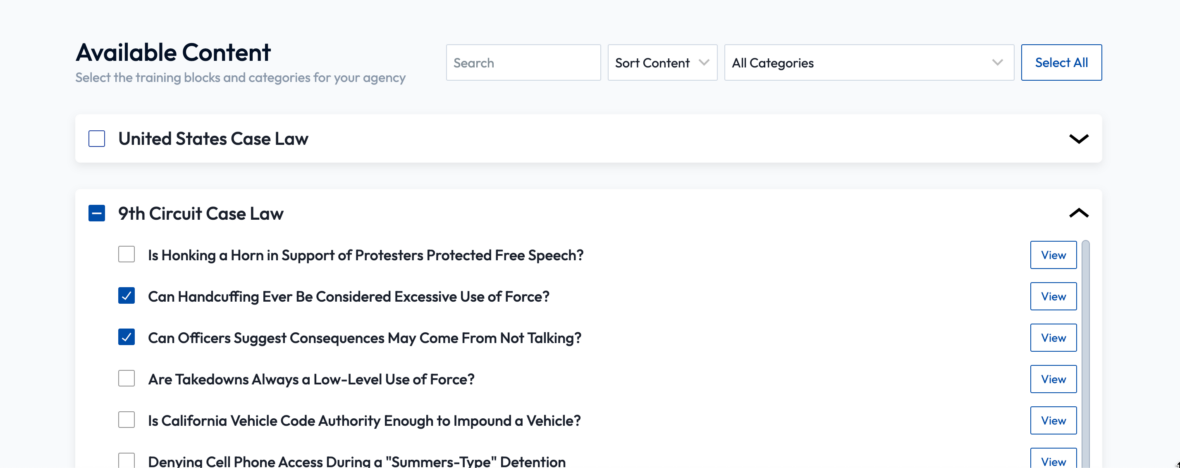
Reporting functionality
Logging training data is only useful if it can be flexibly and easily reported on. Luckily, with some customization of our MemberSync plugin’s reporting page, our developers were able to build a bespoke reporting page for agency owners to surface and download full-agency reports, sergeant reports, and officer reports. Filters allow for customized report generation based on the selected time periods.

A growth-ready law enforcement LMS
The new platform addresses the client’s need for a simple and efficient system for logging law enforcement agency training activities. By focusing on ease of use for sergeants and removing the need for officers to interact with the system, the new LMS streamlines the process of recording and managing training activities. Our integration with existing LearnDash data structures along with the custom reporting functionality further enhances the offering of the client’s LMS, making it a valuable tool for training management in law enforcement.



